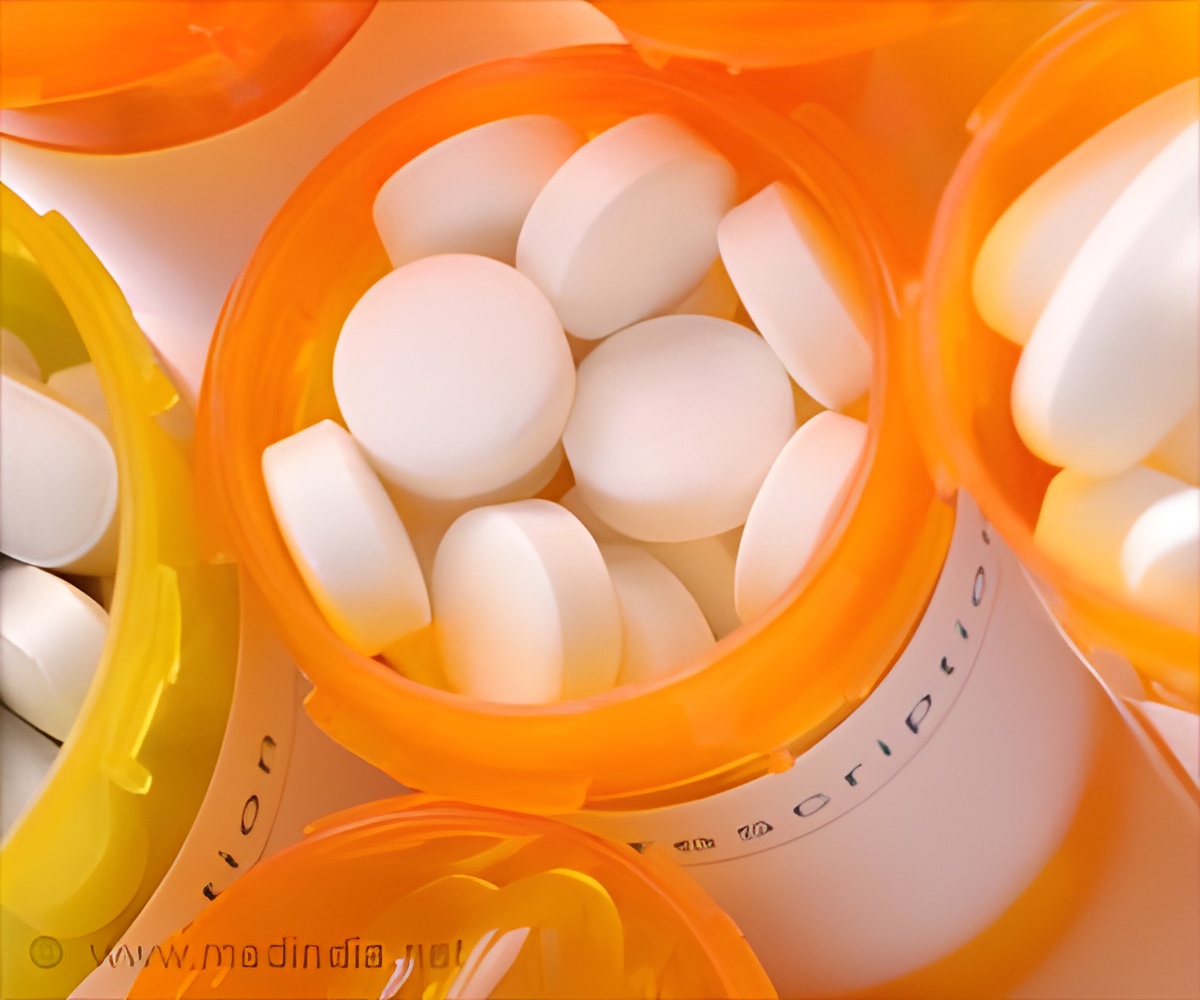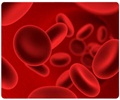Guidelines provided by the Scottish Dental Effectiveness Program in the management of dental patients on anticoagulants and antiplatelet drugs are described.

There are certain medical conditions, which have been associated with an increase in bleeding risk and they include:
- Liver disease
- Chronic renal failure
- Chemotherapy performed recently
- Idiopathic thrombocytic purpura
- Heart failure at an advanced stage
- Less severe forms of bleeding disorders
Patient with these medical conditions should not be treated in a clinic but should be treated in a hospital where emergency support is available.
Drugs Which Increase Bleeding Risk:
The following drugs increase the risk of bleeding:
- Anti-Coagulants and Anti-Platelet Drugs - These drugs increase the risk of bleeding and combined use of these drugs also pose an increased risk of bleeding.
- Non- Steroidal Anti-Inflammatory Drugs - These drugs decrease the functions of the platelet to different degrees.
- Cytotoxic Drugs - These drugs are normally used in the suppression of the bone marrow. They result in reduced activity of platelets as well as a decrease in function of the liver, affecting coagulation.
- Drugs for the Nervous System - These drugs could increase coagulation time when combined with other antiplatelet drugs.
The dentist should have the required skill and expertise to arrest bleeding. Local hemostatic measures include:
- Open sockets should be plugged with hemostatic material
- Suturing open sockets
- Mouthwashes containing tranexamic acid should be used 4 times a day for 2 days.
- Collagen sponge, oxidized cellulose like as hemostatic material
- Suture kit
- Gauze
Precautions for Dentists:
Dentists should be extra cautious while treating patients who are on anticoagulant drugs
- The bleeding time of such patients will extend more than for patients without anticoagulants. This should be considered while planning the treatment time.
- The treatment procedure should be advanced slowly. For example, a single tooth extraction should be performed, the bleeding time and effect on the patient should be observed, before resorting to further extractions.
- Ask for help from senior dentists or colleagues about treatment measures
- If a patient is on new anticoagulant drugs, then the patient’s physician should be consulted before beginning the dental procedure.
- Perform the dental procedure during the morning hours so that the patient is monitored for a period of time before the patient is allowed to go home.
- If the patient is at a high risk for bleeding, then anticoagulation drugs may be avoided on the day of the procedure.
- If the dental procedure is an emergency and the patient who is at high risk for bleeding has already consumed the anti-coagulant for the day, then the procedure should be delayed till the evening, if possible.
- If the patient takes injectable anticoagulants, then the dental procedure should not be planned for the same day but the next.
Editor’s Note - Certain anticoagulants like Clopidogrel require 5 to 7 days of stoppage before undertaking any major surgical procedure, whereas popular anticoagulants like aspirin requires 3 days. However if you are on baby aspirin (75mg) stopping it on the morning is adequate. Please consult your dentist and inform them if you are on any long term medication. Be safe for the procedure.
References:
1. http://www.sdcep.org.uk/wp-content/uploads/2015/09/SDCEP-Anticoagulants-Guidance.pdf
Source-Medindia















